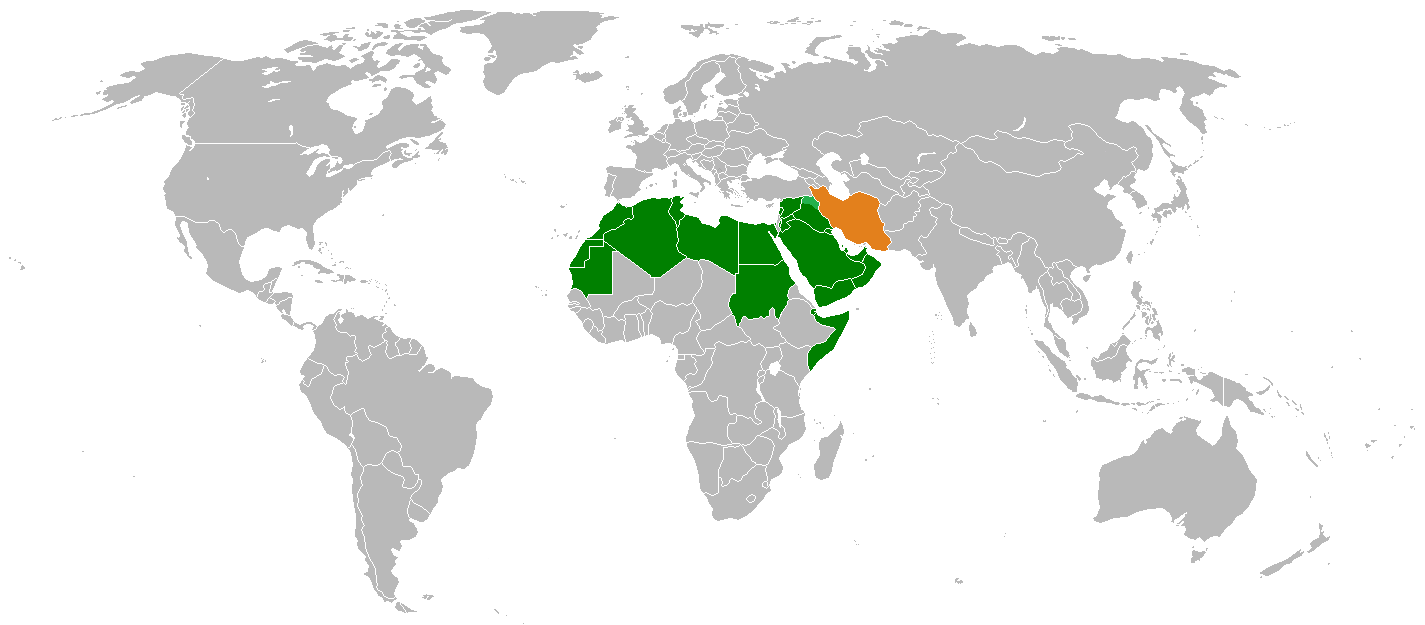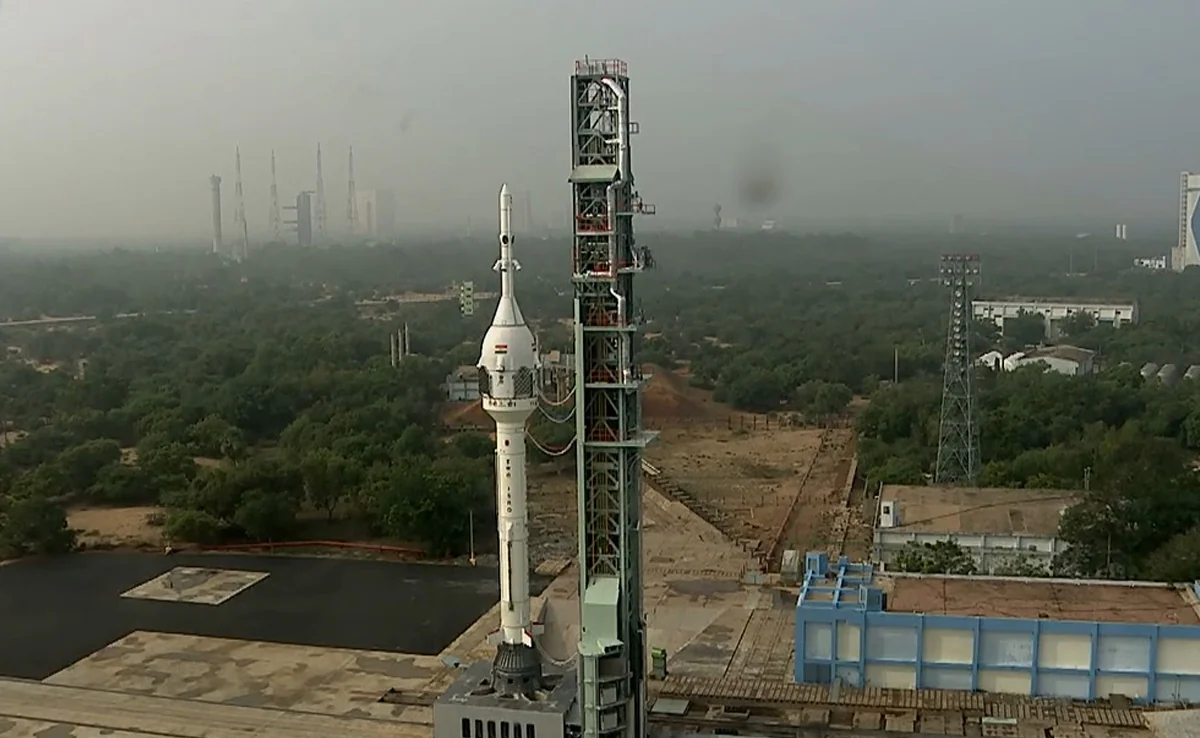- Courses
- GS Full Course 1 Year
- GS Full Course 2 Year
- GS Full Course 3 Year
- GS Full Course Till Selection
- Online Program
- GS Recorded Course
- NCERT (Recorded 500+ Hours)
- Polity Recorded Course
- Geography Recorded Course
- Economy Recorded Course
- AMAC Recorded Course
- Modern India, Post Independence & World History
- Environment Recoded Course
- Governance Recoded Course
- Science & Tech. Recoded Course
- International Relations and Internal Security Recorded Course
- Disaster Management Module Course
- Ethics Recoded Course
- Essay Recoded Course
- Current Affairs Recoded Course
- CSAT
- 5 LAYERED ARJUNA Mentorship
- Public Administration Optional
- ABOUT US
- OUR TOPPERS
- TEST SERIES
- FREE STUDY MATERIAL
- VIDEOS
- CONTACT US
Critical Minerals
Critical Minerals
23-01-2024
Context:
- Coal India is planning to mine Critical Minerals in India.
What are Critical Minerals?
- Minerals which are very important for the country are listed as critical minerals.
- 2 things make a mineral critical:
- It is really important for a country's Economic Growth and National security.
- It is distributed in a complex way which makes it vulnerable. Somewhere it is very abundant and somewhere it is so dispersed that it cannot be mined considering the cost it takes. Hence, their supply chain (how they are extracted, processed, and moved around the world) is complicated.
- Lithium is an example of a critical mineral which is crucial for electric vehicle batteries but is not found everywhere. It is concentrated in regions such as the Lithium Triangle (Chile, Argentina, Bolivia), Australia, China, etc.
Which are the Critical Minerals for India?
- The number of critical minerals varies from country to country. For example, the USA has declared a total of 50 critical minerals, whereas the UK has declared only 18.
- Under the Mines and Minerals (Development and Regulation) Act, of 1957, the Government of India has identified 30 minerals as critical.
- We can categorise these minerals into:
|
Useful for Industries |
Useful for Agriculture |
|
Antimony, Beryllium, Bismuth, Cobalt, Copper, Gallium, Germanium, Graphite, Hafnium, Indium, Lithium, Molybdenum, Niobium, Nickel, PGE, Phosphorous, Potash, REE, Rhenium, Silicon, Strontium, Tantalum, Tellurium, Tin, Titanium, Tungsten, Vanadium, Zirconium, Selenium, Cadmium |
Phosphorous, Potash, Selenium |
Why Are Critical Minerals Important?
- Driver of Economic Growth: Critical minerals can drive a country's economy by supporting many areas like transport, communication, aerospace, energy, and defence which are dependent on the stable supply of these minerals.
- Technological Advancements: These minerals help make high-tech gadgets, electric vehicles, and even bullet trains.
- National Security:: Critical minerals, like tungsten, can help us build better submarines, missiles, and satellites using these minerals. This can be a game-changer from the National Security perspective.
- Smooth Energy Transition: If we want to stop using fossil fuels and use electric vehicles, we need critical minerals. For example, for electric vehicles, we need lithium, cobalt, nickel, etc.
What are the Challenges with Critical Minerals?
- Limited Availability: Some critical minerals are found only in a few places. This leads to the dominance of some countries. Many countries, including India, depend on other countries like China and Australia for these minerals.
- Supply Chain Risks: Any trouble, like disasters or pandemics, can disrupt the supply chain of these minerals. A supply chain is a network of companies and people that are involved in the production and delivery of a product or service.
- Increasing Demand: Because everyone wants to be technologically advanced and play a key role in Industrial Revolution 4.0. The Industrial Revolution 4.0 is a term for the way factories and industries are changing using smart technology. This includes Automation, Artificial Intelligence, Internet of Things (IoT), etc. Also, the demand from countries is increasing as countries are taking action for energy transition.
- Harmful for the Environment: Some minerals, like uranium, are essential but can harm the environment if not handled properly during extraction and processing.
What Can India Do to Overcome These Challenges?
- Promote Exploration and Mining: India needs to explore and mine its own critical minerals. We have resources in places like Telangana, Jammu Kashmir, and Bihar.
- Mine Responsibly: It's important to mine in a way that doesn't harm the environment or people's health. We need to do it responsibly.
- Specialized Agency: Australia has a Critical Minerals Facilitation Office which studies and develops new ways to use critical minerals. India can also create such an agency.
- Transparent Supply Chain: Make sure the supply chain is clear and open. This helps in knowing where our minerals come from and how they reach us so that we can overcome disruptions.
- Smart Strategy: Develop a comprehensive national strategy that identifies which minerals are most important, encourages local exploration and mining, and promotes responsible practices. This way, we can use critical minerals wisely for our country's growth.



